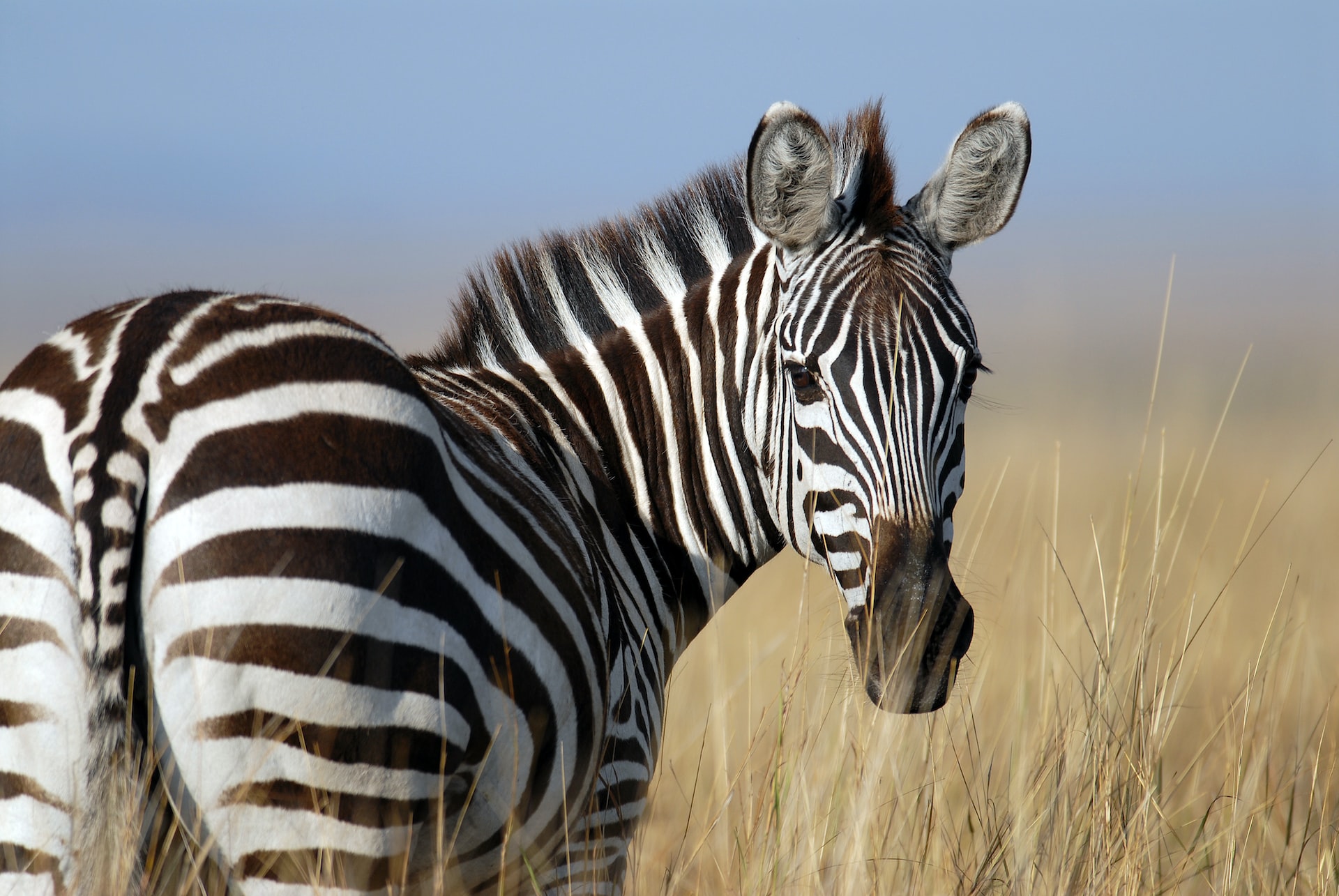From the Grasslands to the Savannas: Everything You Need to Know About Zebras

Zebras are large, horse-like mammals that are native to parts of Africa. They are known for their distinctive appearance, including their black-and-white striped coats, long manes, and distinctive facial features. There are three main species of zebras: the plains zebra, mountain zebra, and Grévy’s zebra.
Physical characteristics
Zebras are large mammals that can weigh up to 1,000 pounds. They have a distinctive appearance, with black-and-white striped coats, long manes, and distinctive facial features.
Zebras are adapted to life in the grasslands and savannas of Africa and have thick, tough skin, which helps protect them from the sun and predators. They are also known for their strong legs and agile movements, which allow them to run and defend themselves from predators.
Behavior and ecology
Zebras are social animals and live in large groups called herds, which can range in size from a few individuals to over 100. Herds are led by a dominant male, who is responsible for the group’s decisions and welfare.
Zebras are herbivores and feed on a variety of grasses, leaves, and fruits. They are also known for their territorial behavior and will defend their territory against intruders.
Reproduction and social structure
Zebras have a complex social structure and mating system. Males are responsible for protecting and providing for the group, while females do the majority of the caring for the young.
Zebras mate throughout the year and females give birth to a single foal after a gestation period of around 12-13 months. Foals are born with their distinctive stripes and are able to run and follow their mothers within a few hours of birth.
Conservation and threats
Zebras are not currently considered endangered, but some populations are threatened by habitat loss, poaching, and conflicts with humans. They are protected by international law, and conservation efforts are underway to protect their remaining populations and help them recover.
Some of the threats facing zebras include habitat destruction due to logging, agriculture, and urbanization, as well as poaching and conflict with humans.
And, finally, to conclude.
Zebras are fascinating and important animals that are an iconic part of the African landscape. However, they are also threatened and face significant challenges to their survival.
Conservation efforts are important to protect these animals and help ensure their future. It is also important for humans to coexist with zebras in a way that minimizes conflict and promotes the long-term survival of these animals.









